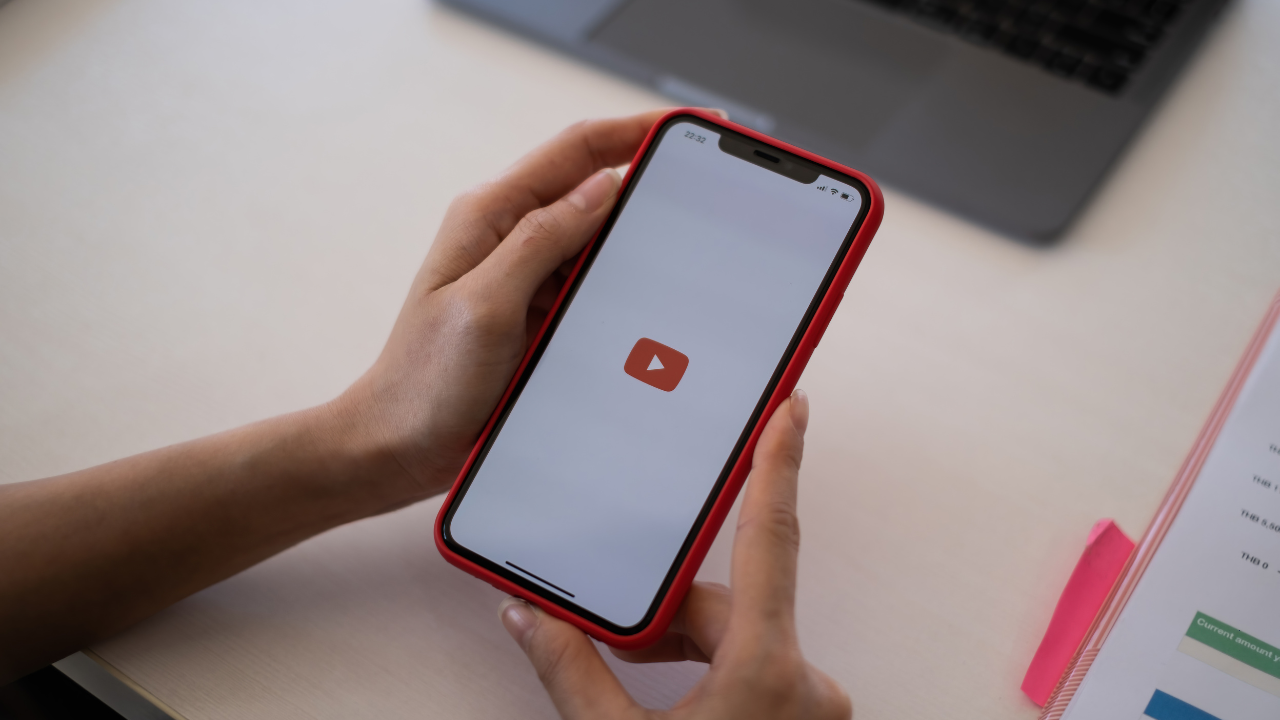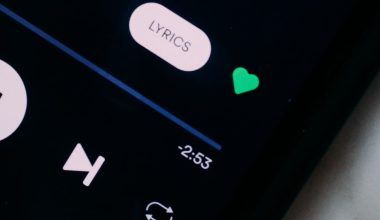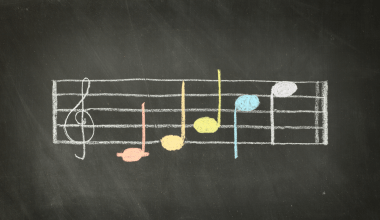Music is an essential part of any video. It enhances emotions, sets the mood, and keeps your audience engaged. But using music in YouTube videos comes with a responsibility: giving proper credit to the creators. Understanding how to give music credits on YouTube is crucial for avoiding copyright issues and showing respect for the artist’s work.
If you’ve ever wondered about the correct way to credit music, this guide is for you. We’ll explain why credits matter, how to format them, and tips for making your videos compliant with YouTube’s policies.
Why Are Music Credits Important?
When you use someone else’s music in your video, you’re borrowing their creative work. Giving proper credit acknowledges their contribution and ensures transparency. Here’s why music credits are important:
- Avoid Copyright Issues:
Crediting music properly helps you stay compliant with YouTube’s copyright policies and avoid claims. - Support Creators:
Artists deserve recognition for their work. Proper credits can help them gain exposure and appreciation. - Professionalism:
Providing credits shows that you value ethical practices, building trust with your audience and collaborators.
Understanding how to give music credits on YouTube is essential for any content creator who uses music in their videos.
When Should You Give Music Credits on YouTube?
You should give music credits whenever you use someone else’s music in your videos, whether it’s a full track or a small snippet. This applies to:
- Licensed Music:
If you’ve purchased a license, include the required credit as outlined in the agreement. - Royalty-Free Music:
Even if the music is free to use, some platforms require attribution. - Creative Commons Music:
Music under a Creative Commons license often requires you to give credit to the artist. - Background Music:
If the music is used as a subtle background track, it still requires proper attribution.
No matter the context, knowing how to give music credits on YouTube ensures you meet legal and ethical standards.
Where to Give Music Credits on YouTube
YouTube provides several areas where you can add music credits. Here are the most common places:
1. Video Description
The description box is the most visible and accessible location for music credits. Include the following details:
- Song title
- Artist name
- License type (if applicable)
- Link to the original track or artist’s page
2. End Screen or Credits
For professional or cinematic videos, include credits in the end screen. This adds a polished touch to your content.
3. In-Video Text Overlays
Add text overlays during the video to credit the artist. This works well for live streams or music-heavy content.
4. YouTube Music Policies Section
If YouTube automatically identifies the music, credits may appear in the video’s “Music in this Video” section.
Learning how to give music credits on YouTube involves choosing the right placement to ensure visibility and compliance.
How to Format Music Credits
Giving music credits isn’t just about adding names—it’s about following the proper format. Here’s how to structure your credits:
- Song Title:
Include the exact title of the track. - Artist Name:
Credit the individual or group who created the music. - Source/Platform:
Mention where you obtained the track (e.g., YouTube Audio Library, Epidemic Sound). - License Type:
Specify if the track is royalty-free, licensed, or under Creative Commons. - Link to the Track:
Provide a direct link to the music or artist’s page.
Example:
“Song: Bright Future
Artist: Silent Partner
Source: YouTube Audio Library
License: Free to use”
By following this structure, you can properly credit music while maintaining professionalism.
Using the YouTube Audio Library
If you use music from the YouTube Audio Library, you still need to know how to give music credits on YouTube. Some tracks are free to use without attribution, while others require you to include specific details.
Steps to Credit YouTube Audio Library Music:
- Download a track from the library.
- Check the attribution requirements under the track details.
- Add the suggested credit format to your video description.
Example:
“Song: Sunny Side
Artist: John Doe
Source: YouTube Audio Library
License: Attribution required”
The YouTube Audio Library makes it easy to access music while staying compliant with credit requirements.
Best Practices for Giving Music Credits
To ensure you’re doing it right, follow these best practices for crediting music:
- Be Accurate:
Double-check the song title, artist name, and other details to avoid errors. - Follow License Terms:
Read the license agreement carefully to understand attribution requirements. - Use Consistent Formatting:
Keep your credits uniform across all videos for a professional look. - Make Credits Visible:
Place credits where they’re easy to find, like the description box. - Credit All Contributors:
If multiple artists or platforms are involved, credit each one.
These practices will help you master how to give music credits on YouTube while respecting the creators.
Tools to Help with Music Credits
Several tools and platforms can simplify the process of giving music credits.
- Epidemic Sound:
Provides pre-licensed music with clear credit guidelines. - Artlist.io:
Offers royalty-free tracks and auto-generates credit formats. - Creative Commons Search:
Helps you find music that requires specific attribution. - YouTube Music Policies:
Shows copyright details for popular songs used on YouTube. - Music Metadata Tools:
Apps like Audacity or TagScanner can help you identify music details for proper crediting.
Using these tools ensures accuracy and saves time when adding music credits.
Consequences of Not Giving Music Credits
Failing to credit music properly can have serious consequences. Here’s what you risk:
- Copyright Strikes:
YouTube may issue a copyright strike, which can affect your channel’s standing. - Monetization Issues:
You may lose ad revenue if your video violates copyright rules. - Reputation Damage:
Neglecting to credit artists can harm your reputation among viewers and creators. - Legal Penalties:
In some cases, misuse of music can lead to legal action.
Understanding how to give music credits on YouTube helps you avoid these risks and maintain a positive standing.
Final Thoughts
Knowing how to give music credits on YouTube is an essential skill for any content creator. It ensures you respect the work of music creators while protecting your channel from copyright issues.
By following the proper formats, using tools like the YouTube Audio Library, and adhering to best practices, you can seamlessly incorporate music into your videos. Take the time to credit artists and enjoy creating content that’s both engaging and compliant.
Related Articles:
For further reading, explore these related articles:
- YouTube Audio Library: Free Music for Your Creative Projects
- Find YouTube Channel with Email | Collaborate Easily
For additional resources on music marketing and distribution, visit Deliver My Tune.






